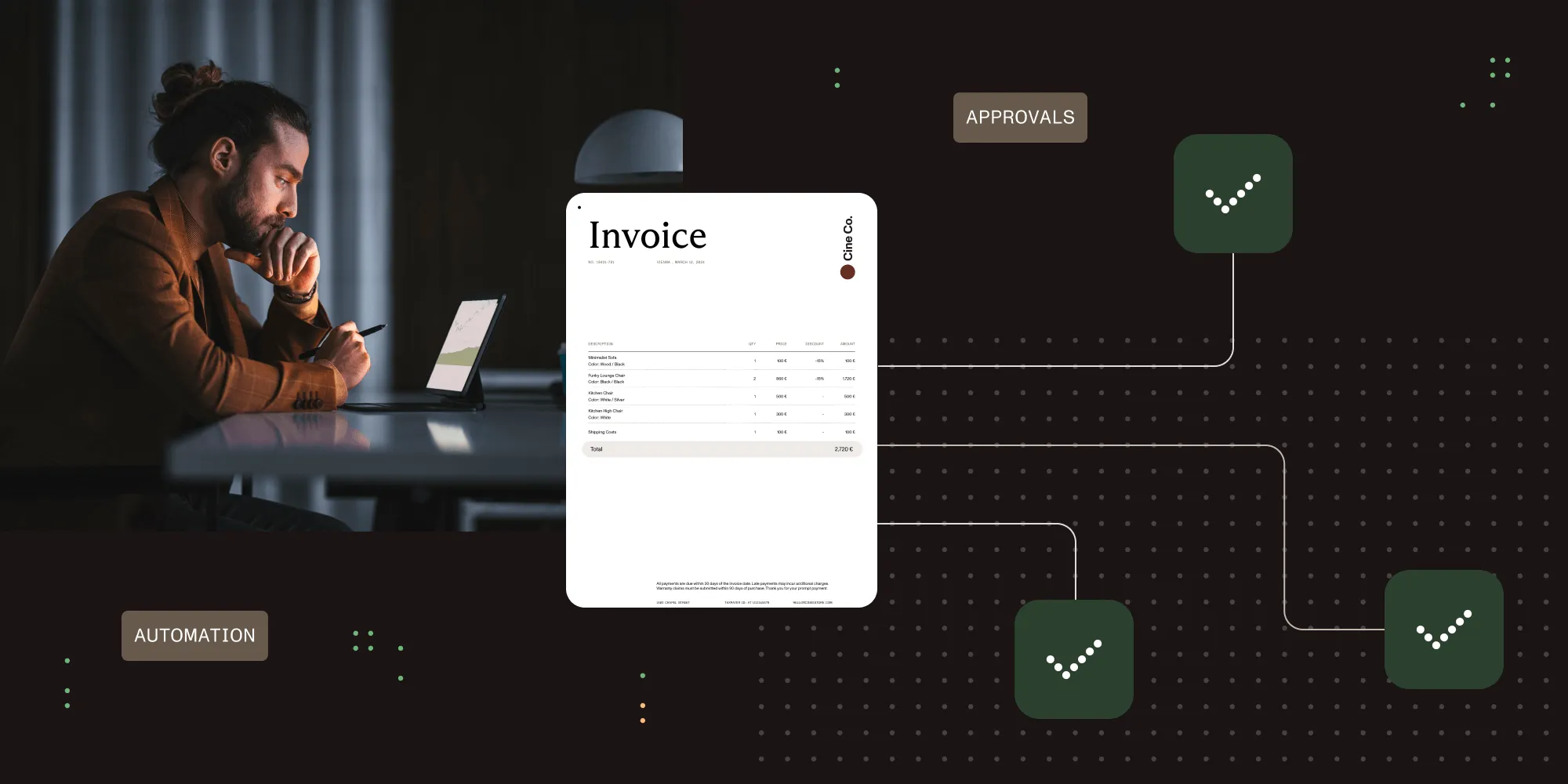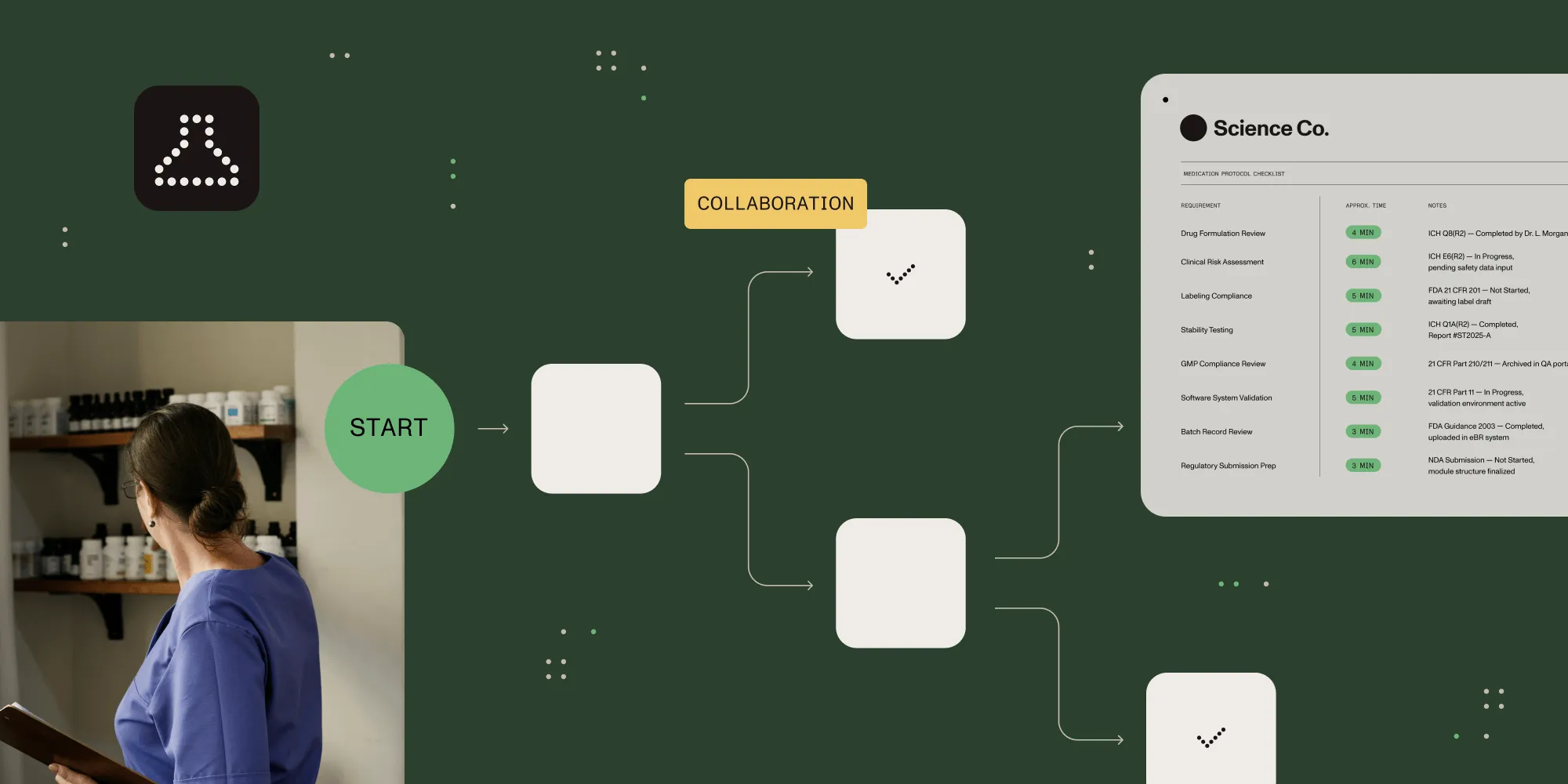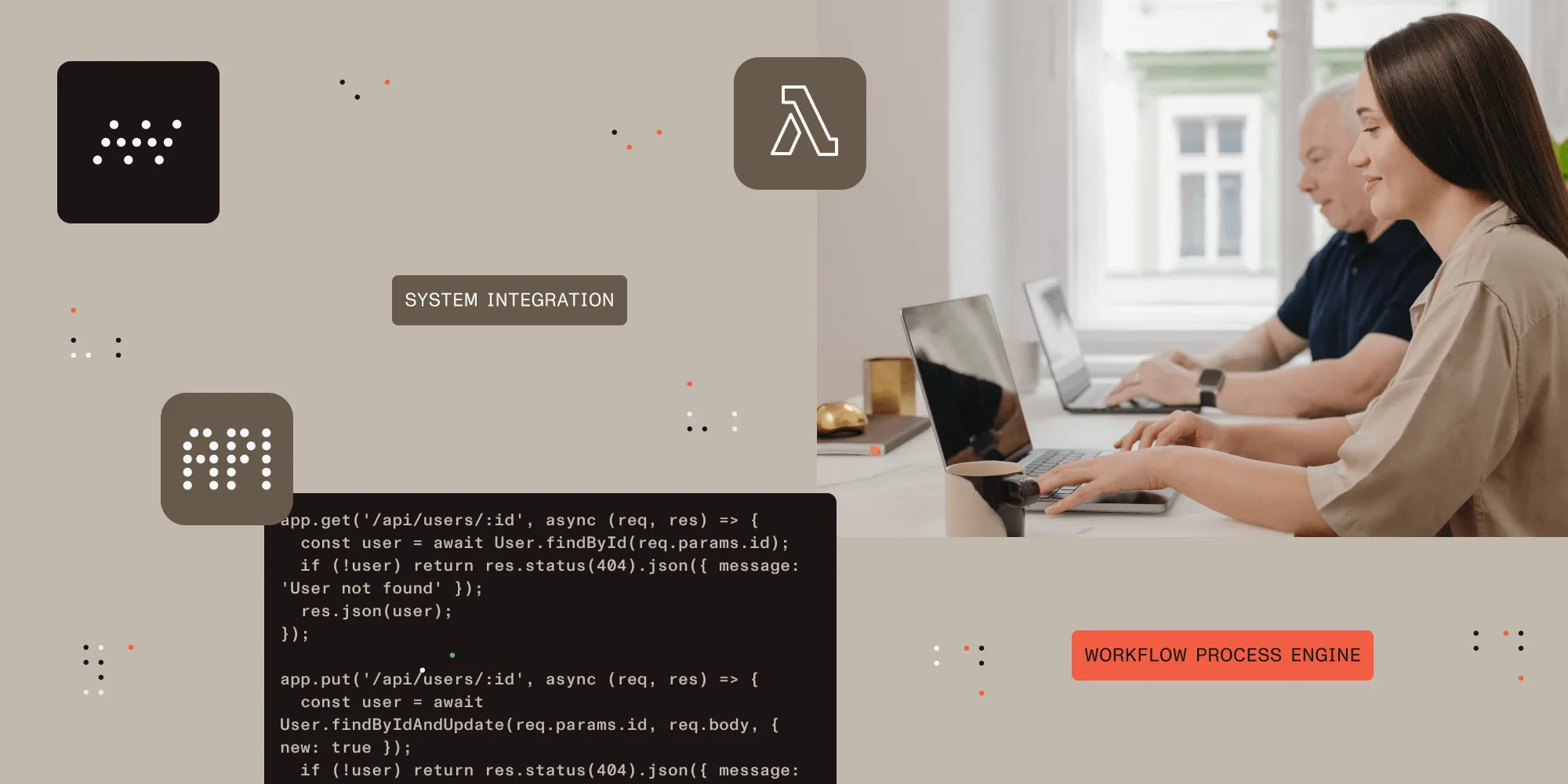Workflow Integration

Workflow integration refers to a workflow automation system designed to connect with applications and databases of record (ERP, CRM, Accounting, HRIS, etc.). Integrated workflow software can replace the limited workflow functionality in those systems while connecting processes across all of them.

Large, legacy systems and even newer SaaS-based software focus on what they do, their core functionality, very well and workflow is often an afterthought. These workflow limitations can be overcome by moving workflow out of these systems and into an integrated workflow automation solution. There the data can be processed and routed as needed and the updated information can be returned to the original systems. For example:
- A manager submits a budget request using an integrated workflow system.
- They complete a form that auto-populates their personal details from Active Directory.
- The form pulls in data from the ERP system, populating several cost-related fields.
- The completed routes through the organization based on location, type, and estimated amount.
- The approved request information is pushed into the Accounting system.
When your workflow is integrated across your application portfolio, each application and each user's experience is improved. Data is passed seamlessly between systems, eliminating the need for users to log in to 3-4 separate applications to complete processes.
Learn more about how Nutrient Workflow's workflow integration can help you automate processes across your organization.
FAQ
What is workflow integration?
Workflow integration connects enterprise applications and databases, enabling seamless automation across systems like ERP, CRM, and HRIS.
Why is workflow integration important?
It eliminates manual data entry, reduces errors, and streamlines processes by ensuring data flows automatically between systems.
Can workflow integration work with legacy systems?
Yes, workflow integration solutions are designed to enhance both legacy and modern systems by bridging their workflows.
What processes benefit the most from workflow integration?
Processes like budget approvals, employee onboarding, and data synchronization between systems benefit significantly from integration.
Do I need coding skills to use workflow integration tools?
Many workflow integration tools are no-code or low-code, making them accessible to users without technical expertise.







